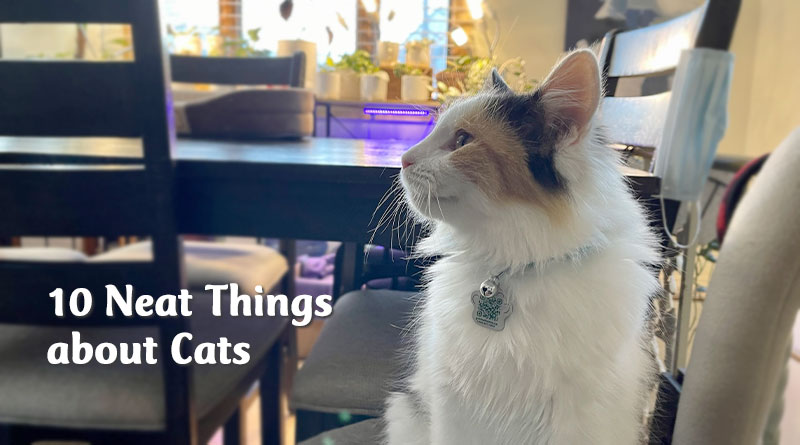About Cats

1. The story of Molly, Tom and their confused friend, Gib.
We all know that male cats are called Toms, but that females are called Molly may come as a surprise. Moreover, when neutered the term for a male turns to ‘Gib’. Sometimes females, especially mother cats, are called ‘Queens’ by breeders, confusing the world of sexologists even more. Although we mostly call young cats ‘kittens’, at one time the term was ‘catling’. A group of cats is called a “clowder” or sometimes a “glaring”.

2. Hot cats not always in heat.
Although the normal body temperature for a cat is 38.6 C, a cat can be perfectly comfortable with a skin temperature of 52 C. Even temperatures as high as 56 C can be tolerated if they have access to water. Cats don’t normally pant like dogs to relieve heat, although they sometimes pant to relieve stress. They reduce blood flow to their skin to conserve heat. To lose heat, they rely on evaporation through their mouths.

3. O-o-o-o-w! THAT REALLY HURTS!
Yowling cats can awaken even the soundest sleeper, but you’d yowl too if you had to go through the treatment Molly suffers from Tom. First, once he’s courted her and made her generally receptive, he bites the scruff of her neck to get her in the right position – this treatment, called lordosis behaviour, raises her haunches. Tom has his way with Molly, then leaves and it’s this leaving that causes the yowling. You see, Tom’s penis has 120 to 150 one-millimetre, backward-facing spines that rake the female’s tender regions as he withdraws. The purpose of this is to trigger ovulation. (Who cares? It hurts like Hades!)
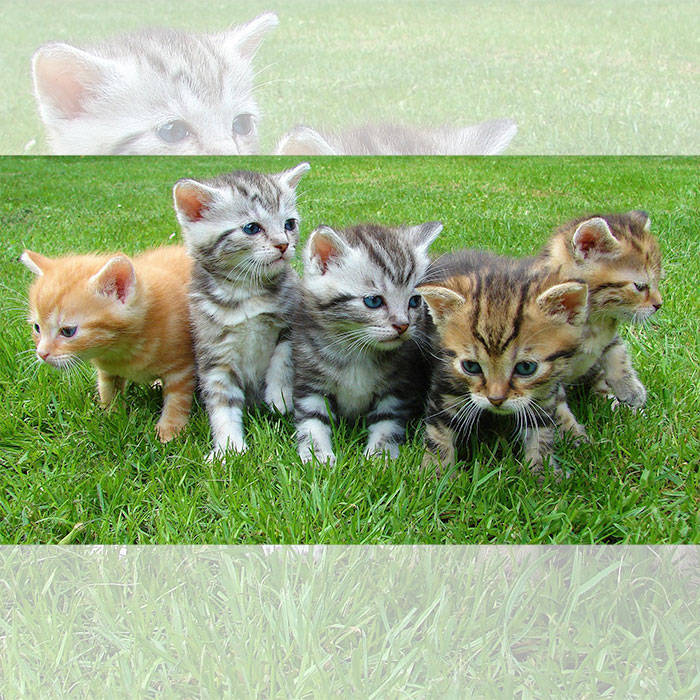
4. Womb mates and grave companions.
Not all the kittens in one litter are full siblings. They can have more than one father. This is called being superfecund. While the role of cats in ancient Egypt, where some were worshipped as gods, is generally well known, in fact cats were partners with humans long before that. On the Isle of Cyprus, a 9,600-year-old Neolithic grave was discovered containing the remains of a cat carefully laid to rest beside his human companion.
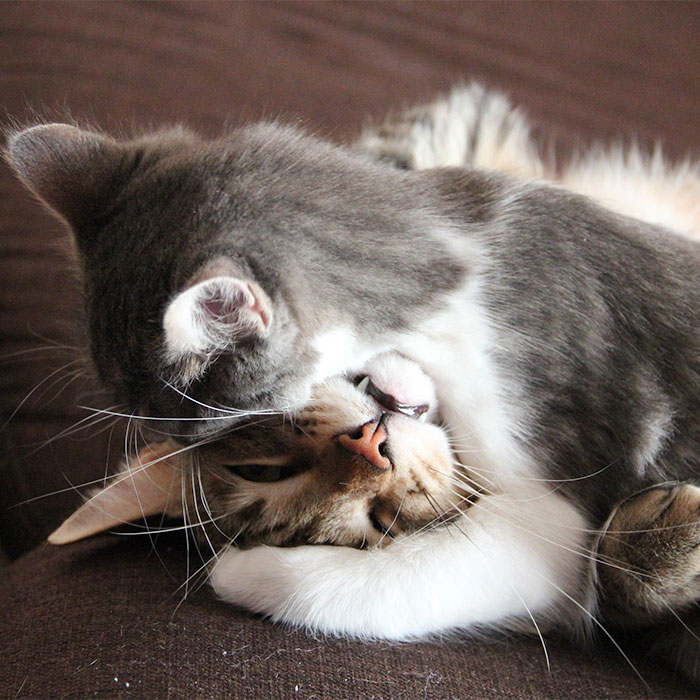
5. Why are female cats so, well, catty?
Fact is female cats are not intolerant or nasty to each other at all. Although they hunt as loners, female cats will form sociable groups around a food source, getting along co-operatively. It’s the males who like to fight, generally over a molly or territory. Death from cat fights is rare. Deep scratches, however, can cause infection that may result in death. Cats can also transmit FIV (feline immunodeficiency disorder) during a fight.

6. Hunting is about nurture as much as nature.
Even well-fed domestic felines will hunt and many humans feel this is a character flaw. Cats have an innate drive to pursue prey, though, not driven strictly by hunger. Often a domestic cat will hunt because it is bored, and actively playing with your cat for 10 minutes a day will stave off the boredom. Putting a bell on your kitty’s collar won’t do anything to save local wildlife, it turns out. And puzzle feeders actually whet Fluffy’s appetite, leading to an increase of 33 percent in the drive to hunt, according to a 2013 study published in Nature Communications.
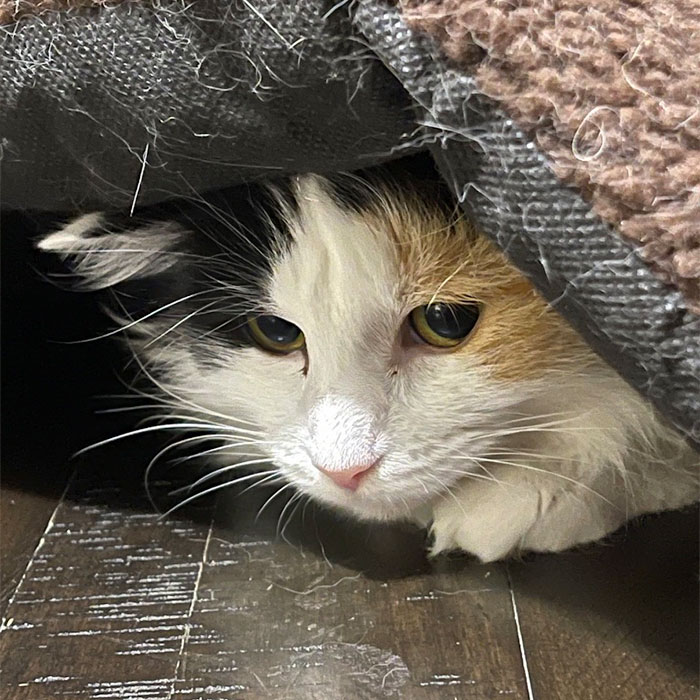
7. Cats hate water.
This is not strictly true. Cats drink water in small amounts. They are especially attracted to running water. Being originally desert dwellers, they are engineered to live on very little fluid. Water conservation is one reason healthy cats have very dry feces and scant urine. They can even exist on a diet of meat without water if they must. In a pinch, they can drink seawater, thanks to their highly efficient kidneys (according to the Committee on Animal Nutrition (1986). Nutrient Requirements of Cats (2nd ed.) National Academy.)

8. Cats always land on their feet.
True, cats do tend to land on their feet. All they need is the space of a three-foot drop to twist and angle their lithe bodies to land upright. They also have additional sensory tools at their disposal through their vibrissae, the whiskers that occur on their faces, ears, chins, between their toes and on the inner and back sides of their legs, to aid their mobility in the dark. These short stiff hairs provide them with information about their surroundings. Touching and even air currents send important situational information. Vibrissae may also play a role in maintenance of equilibrium.

9. Supersonic, super-sighted, super sensitive.
Cats can see at 1/6 the amount of light needed by humans. Many rodents make ultrasonic noises. Cats can hear at a very high pitch between 55 Hz and 79 kHz (dogs hear between 67 Hz to 44 kHz and humans between 31 Hz and 18 kHz). The hairs in cat ears, called pinnae, amplify and help locate the origin of sound. Cats are also supersensitive to hormones (they mark territory with hormone-laden urine and secretions from their heads and sides). About 80 percent of cats love catnip (Nepeta) and can detect nepetalactone in amounts as small as one part per billion. This pheromone is also present in valerian and in honeysuckle wood, of which many cat toys are made. The pheromone must be inhaled, not eaten. Its effects last only about 15 minutes. Kittens are repelled by it, maybe because it is believed to be psychosexual in effect.
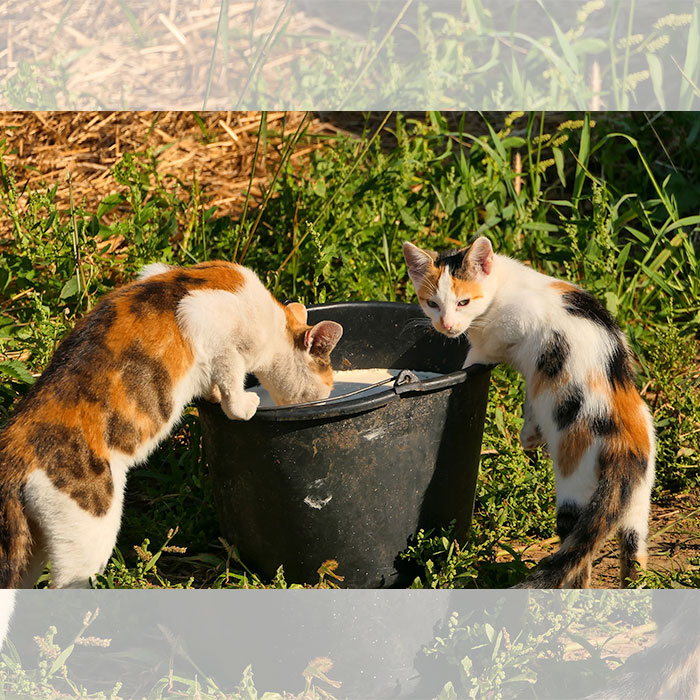
10. What not to feed your cat.
Cats can’t taste sweetness and chocolate is dangerous for them (as it is for dogs) so leave the candies in the box. Many cats are lactose intolerant so don’t offer milk. Avoid exposing your cat to Tylenol (deadly), aspirin, rogaine (sometimes applied to cats losing their hair by well-meaning owners), tea tree oil, essential oils, mothballs, Pine Sol and Lysol (don’t use these to clean the litter box – the chemicals can kill). As little as one teaspoon of antifreeze, although it attracts cats, can kill them. Keep cats away from garlic and onions. They can get liver damage from munching on philodendron and Easter lilies.
– Dorothy Dobbie Copyright©
Pegasus Publications Inc.

